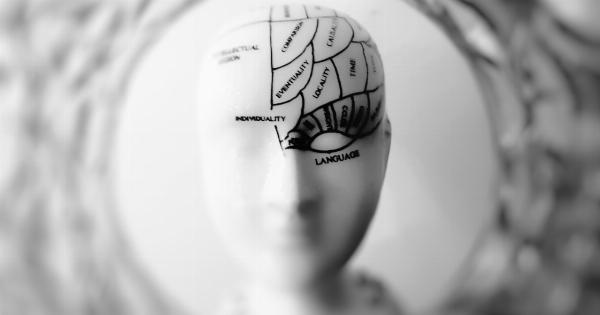Headaches in children can be challenging for parents and healthcare providers to identify and treat. One of the first steps in managing a child’s headache is to determine the intensity or severity.
Understanding the intensity of a headache can help guide treatment decisions and provide necessary relief for the child.
Symptoms of a Headache
Headaches are a common ailment in children and can be caused by many factors, including illness, allergies, stress, and dehydration. Some common symptoms of a headache include:.
- Pain in the head, face, or neck
- Sensitivity to light or sound
- Nausea or vomiting
- Fatigue or irritability
- Dizziness or lightheadedness
Measuring Headache Intensity
One of the most common ways to measure headache intensity is the visual analog scale (VAS).
The VAS uses a line with two endpoints, one representing “no pain” and the other representing “worst possible pain.” The child is asked to rate the intensity of their headache by marking a point along the line.
Another tool used to measure headache intensity is the Wong-Baker FACES pain rating scale.
This scale uses a series of cartoon faces to depict pain intensity, with “0” representing no pain and “10” representing the worst possible pain.
It’s important to note that young children may have difficulty with these scales, and healthcare providers may need to rely on the parent or caregiver to assess the child’s pain level based on behavior and verbal cues.
Treatment Options for Headaches in Children
Once the intensity of a child’s headache has been determined, treatment options can be discussed. Mild to moderate headaches may be relieved with over-the-counter pain relievers such as acetaminophen or ibuprofen.
If headaches are frequent or severe, a healthcare provider may recommend preventive medications. These medications can include beta blockers, antidepressants, or antiepileptic drugs.
In addition to medication, lifestyle modifications may be recommended. These can include establishing a regular sleep schedule, reducing stress, and ensuring adequate hydration and nutrition.
When to Seek Medical Attention
In some cases, headaches in children can be a sign of a more serious underlying condition. Parents should seek medical attention if the child experiences:.
- A sudden or severe headache
- A headache accompanied by a fever or stiff neck
- A headache after a head injury
- A headache that wakes the child up at night
If a child experiences any of these symptoms, it’s important to seek medical attention as soon as possible to rule out a more serious condition.
Conclusion
Headaches in children can be distressing for both the child and their parents. Determining headache intensity is an important part of managing headaches in children, as it can guide treatment decisions and provide necessary relief.
Healthcare providers can use tools such as the visual analog scale or Wong-Baker FACES pain rating scale to measure headache intensity, and recommend treatment options that may include medication or lifestyle modifications.





























